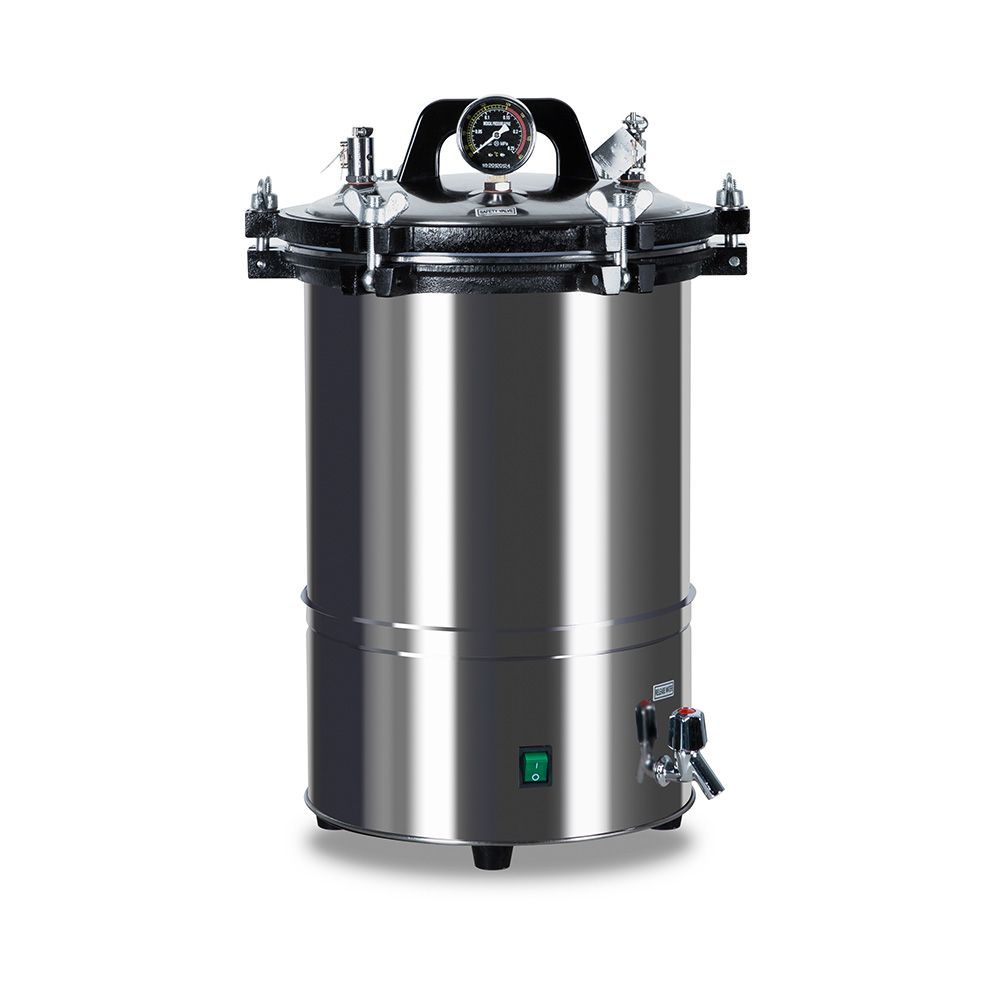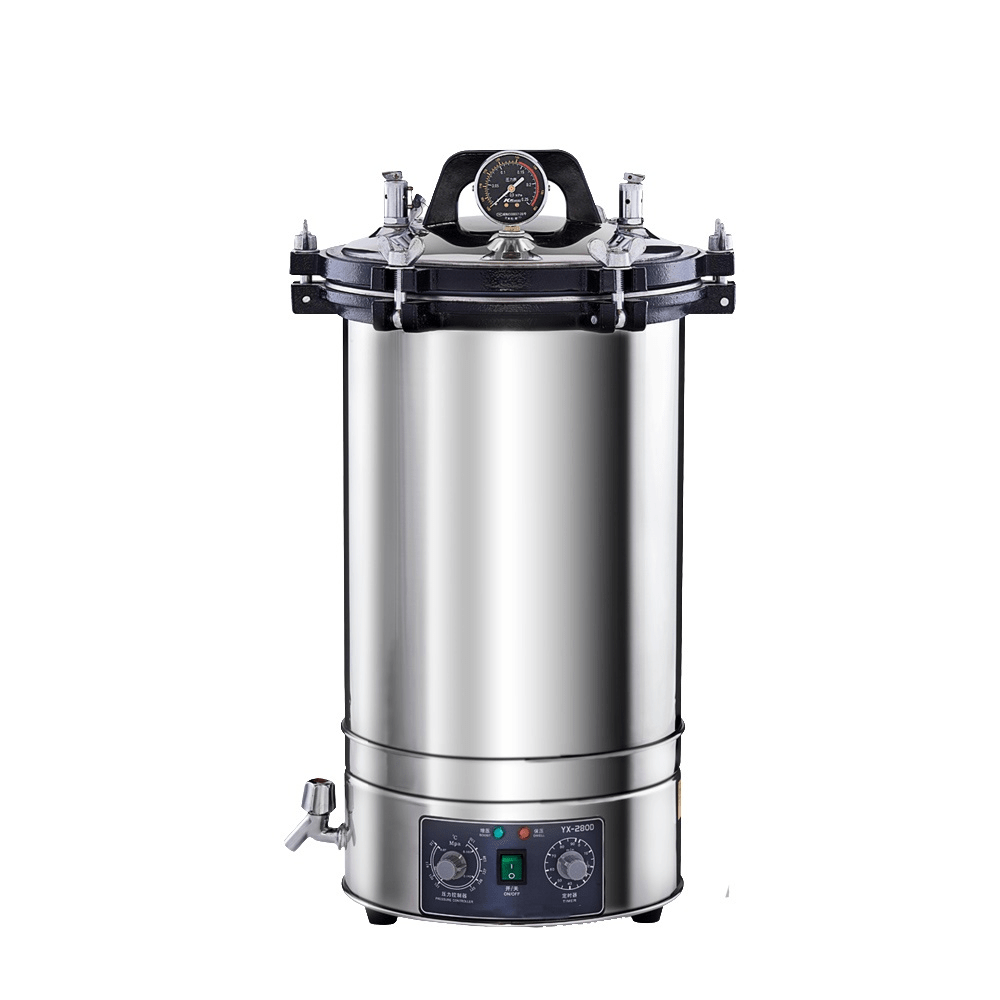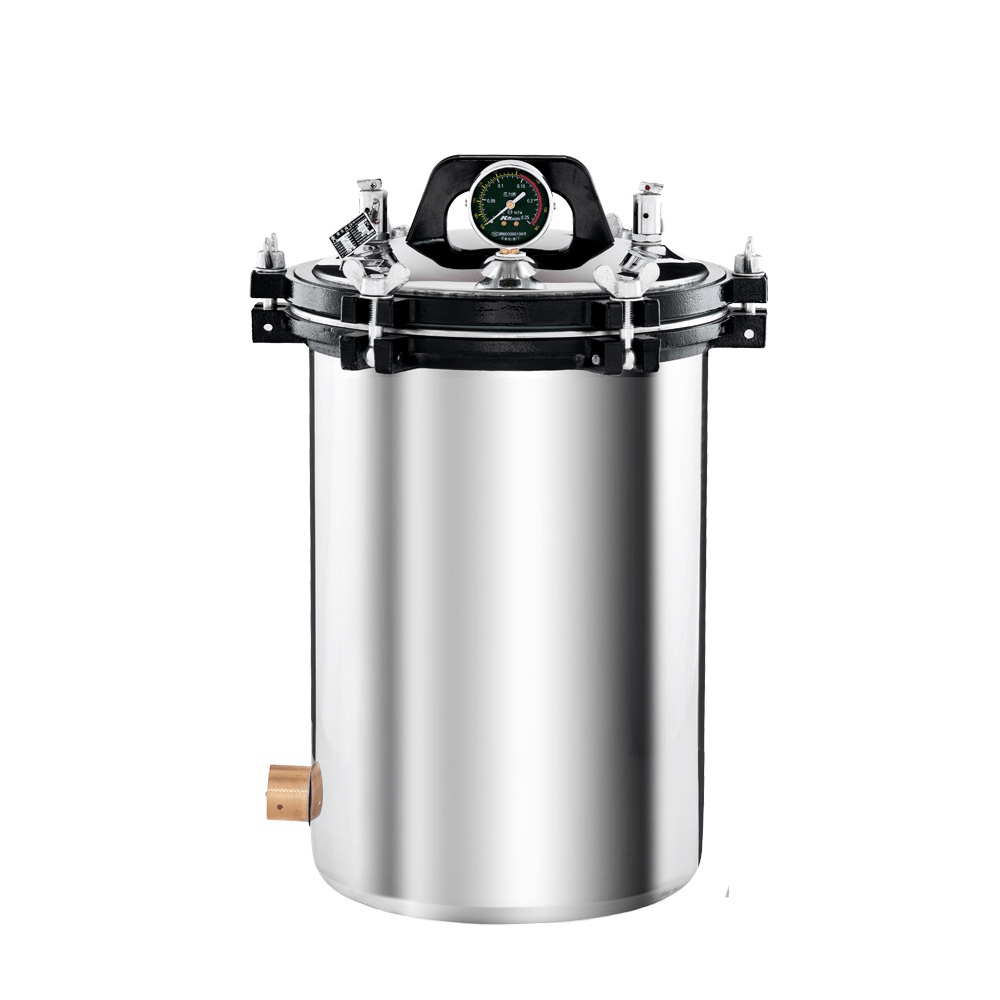The design of portable autoclaves has undergone significant advancements aimed at improving compactness and portability without compromising sterilization efficacy. These innovations have revolutionized the way sterilization procedures are conducted in remote or resource-limited settings, enabling healthcare providers to deliver safe and effective care even in challenging environments.
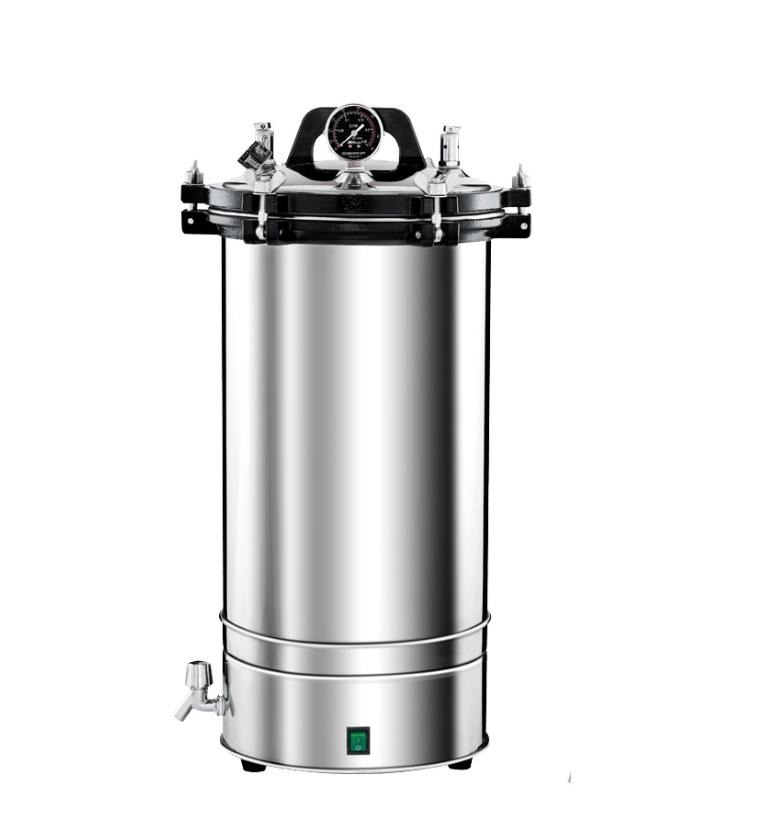
The Evolution of Portable Autoclave
Portable autoclaves have evolved from bulky, cumbersome units to sleek, compact devices that can be easily transported and deployed in diverse healthcare settings. The shift towards miniaturization and portability has been driven by the need to address the challenges of sterilization in remote areas, field hospitals, disaster relief efforts, and low-resource settings where traditional sterilization infrastructure is lacking. Advances in materials, engineering, and technology have paved the way for the development of innovative designs that prioritize space-saving, ease of use, and reliability.
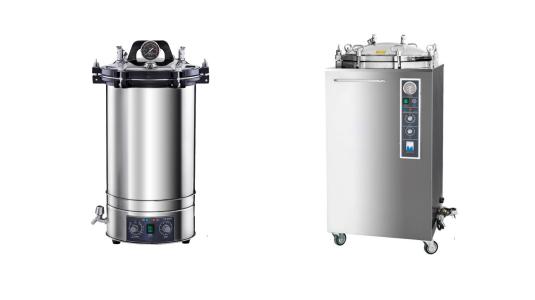
Miniaturization and Lightweight Materials in Portable Autoclaves
1. Miniaturization for Space Efficiency
- Compact Design: Portable autoclaves are engineered to have a small footprint, maximizing space efficiency. This allows them to fit into confined spaces such as mobile clinics, disaster relief shelters, or remote healthcare facilities.
- Improved Maneuverability: Miniaturization reduces the overall size and weight of the autoclave, making it easier to transport and maneuver in environments where space is limited or access is restricted.
- Flexibility in Deployment: The compact design of portable autoclaves enables them to be quickly deployed in emergency situations or temporary healthcare facilities, providing essential sterilization capabilities wherever they are needed.
2. Lightweight Materials for Portability
- Aluminum Alloys: Many portable autoclaves utilize aluminum alloys for their construction due to their lightweight nature and high strength-to-weight ratio. Aluminum offers durability and structural integrity while keeping the overall weight of the autoclave to a minimum.
- High-Strength Plastics: Advanced engineering plastics are also employed in the construction of portable autoclaves, offering lightweight properties without compromising on durability or performance. These materials are resistant to corrosion and can withstand the rigors of transportation and use in diverse environments.
- Composite Materials: Carbon fiber composites and other advanced materials are increasingly being incorporated into portable autoclave designs to further reduce weight while maintaining structural integrity. These materials offer exceptional strength and stiffness at a fraction of the weight of traditional metal alloys.
3. Environmental Considerations
- Energy Efficiency: Lightweight construction and miniaturization often go hand in hand with energy-efficient operation, reducing power consumption and environmental impact. This is particularly important in off-grid or resource-constrained settings where access to electricity may be limited.
- Sustainability: By using lightweight materials and energy-efficient design principles, portable autoclaves contribute to sustainability efforts by minimizing resource consumption and reducing carbon emissions associated with transportation and operation.
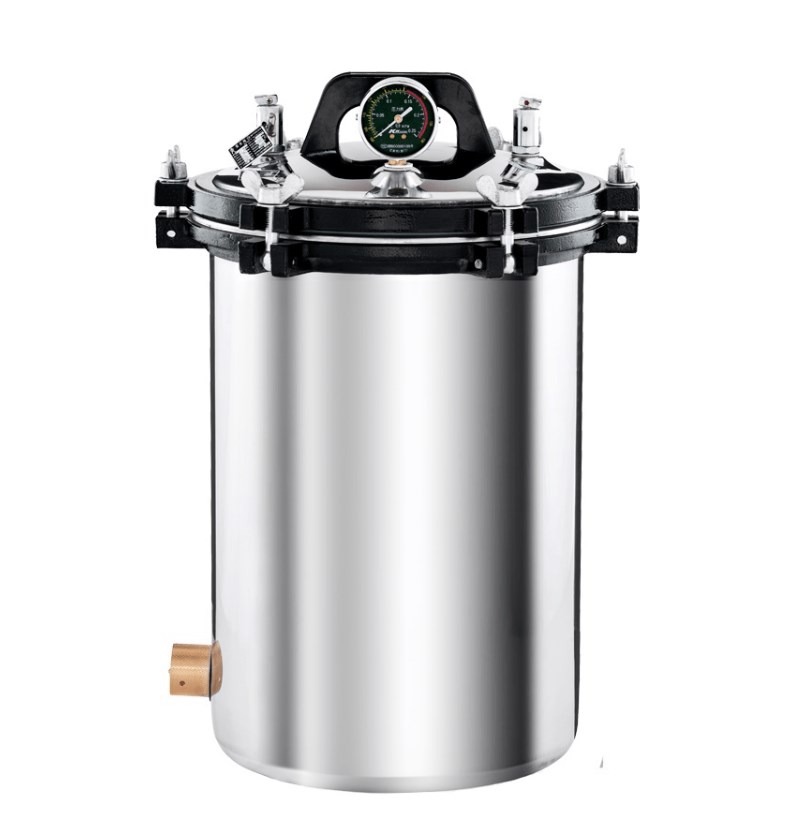
Foldable and Collapsible Designs in Portable Autoclaves
1. Maximizing Space Efficiency
- Compact Storage: Foldable and collapsible designs allow portable autoclaves to be collapsed or folded into a smaller form factor when not in use, maximizing storage space in transportation vehicles, storage facilities, or healthcare facilities.
- Minimal Footprint: When folded or collapsed, portable autoclaves occupy minimal floor space, making them ideal for deployment in cramped or confined environments such as mobile clinics, field hospitals, or disaster relief shelters.
2. Facilitating Transport and Handling
- Ease of Transportation: Foldable and collapsible designs make portable autoclaves easier to transport via various modes of transportation, including vehicles, aircraft, or even carried by hand over short distances.
- Reduced Weight: The collapsible nature of these autoclaves often goes hand in hand with lightweight construction materials, further reducing the overall weight of the unit and making it more manageable to handle during transport and setup.
3. Quick Deployment and Setup
- Rapid Assembly: Foldable and collapsible autoclaves can be quickly assembled or expanded to their full size when needed for use. This allows for rapid deployment in emergency situations or during disaster relief efforts, ensuring timely access to sterilization capabilities.
- Simplified Setup: The design of foldable autoclaves typically involves intuitive mechanisms or quick-release latches, simplifying the setup process and reducing the time and effort required for installation and operation.
4. Adaptability to Different Environments
- Versatility: Foldable and collapsible designs offer versatility in adapting to diverse environments and operational requirements. These autoclaves can be easily transported and deployed in remote or hard-to-reach locations, providing essential sterilization capabilities wherever they are needed.
- Modular Components: Some foldable autoclaves are designed with modular components that can be assembled or disassembled independently, allowing for customization and adaptation to specific environments or applications.
5. Optimizing Resource Utilization
- Energy Efficiency: Foldable and collapsible autoclaves are often engineered with energy-efficient features to minimize power consumption and maximize operational efficiency, particularly in off-grid or resource-constrained settings.
- Water Conservation: Certain foldable autoclaves incorporate water-saving technologies or waterless sterilization methods, reducing water usage and dependency on external water sources, which is critical in areas where access to clean water is limited or unreliable.
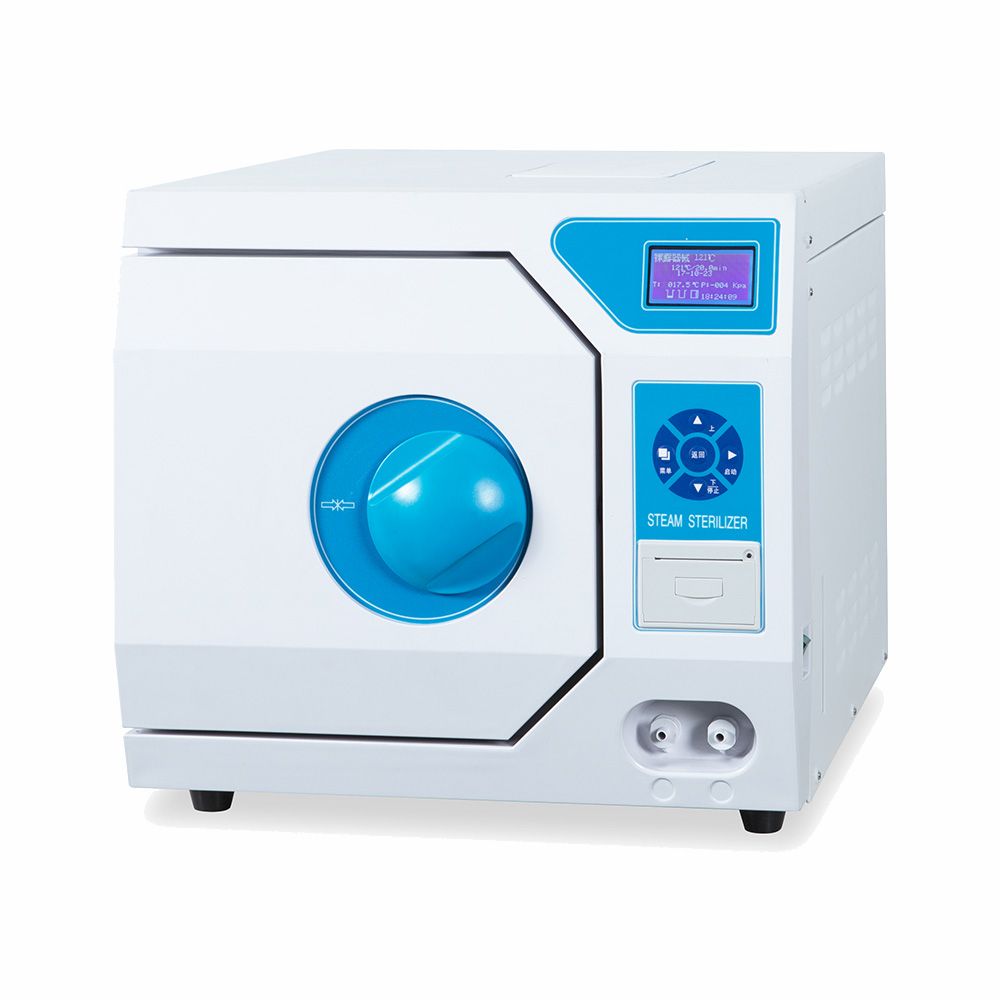
Integrated Power and Water Systems in Portable Autoclaves
1. Self-Contained Operation
- Power Generation: Portable autoclaves with integrated power systems often incorporate built-in generators, battery packs, or solar panels to generate electricity independently. This eliminates the need for access to external power sources, making the autoclave suitable for use in off-grid or remote locations where electricity may be unreliable or unavailable.
- Water Supply: Integrated water systems include onboard water reservoirs or water tanks that provide a continuous supply of water for sterilization processes. Some autoclaves also incorporate water recycling or water-saving technologies to minimize water consumption and optimize resource utilization.
2. Versatility and Adaptability
- Multiple Power Sources: Integrated power systems in portable autoclaves may be designed to operate on multiple power sources, such as mains electricity, batteries, gas, or solar energy. This versatility allows healthcare providers to choose the most suitable power source based on the available resources and environmental conditions.
- Flexible Water Supply: Integrated water systems offer flexibility in water supply options, including the use of tap water, distilled water, or recycled water. Certain autoclaves also incorporate waterless sterilization technologies that eliminate the need for water altogether, relying instead on chemical disinfectants or pre-filled sterilant cartridges.
3. Reliability and Redundancy
- Continuous Operation: Integrated power and water systems ensure uninterrupted operation of the autoclave, even in challenging environments where access to utilities may be limited or intermittent. This reliability is critical for maintaining sterilization efficacy and preventing disruptions in healthcare services.
- Redundancy Measures: Some portable autoclaves are equipped with redundant power and water systems to provide backup in case of system failure or unexpected interruptions. Redundancy measures enhance the resilience and reliability of the autoclave, reducing the risk of downtime and ensuring continuity of sterilization procedures.
4. Energy Efficiency and Sustainability
- Energy-Efficient Design: Integrated power systems in portable autoclaves are often engineered with energy-efficient features to minimize power consumption and optimize operational efficiency. This includes the use of low-power components, intelligent control algorithms, and energy-saving modes that reduce energy wastage during sterilization cycles.
Environmental Sustainability: By incorporating renewable energy sources such as solar panels or energy-efficient components, portable autoclaves with integrated power systems contribute to environmental sustainability efforts by reducing carbon emissions and minimizing reliance on fossil fuels.
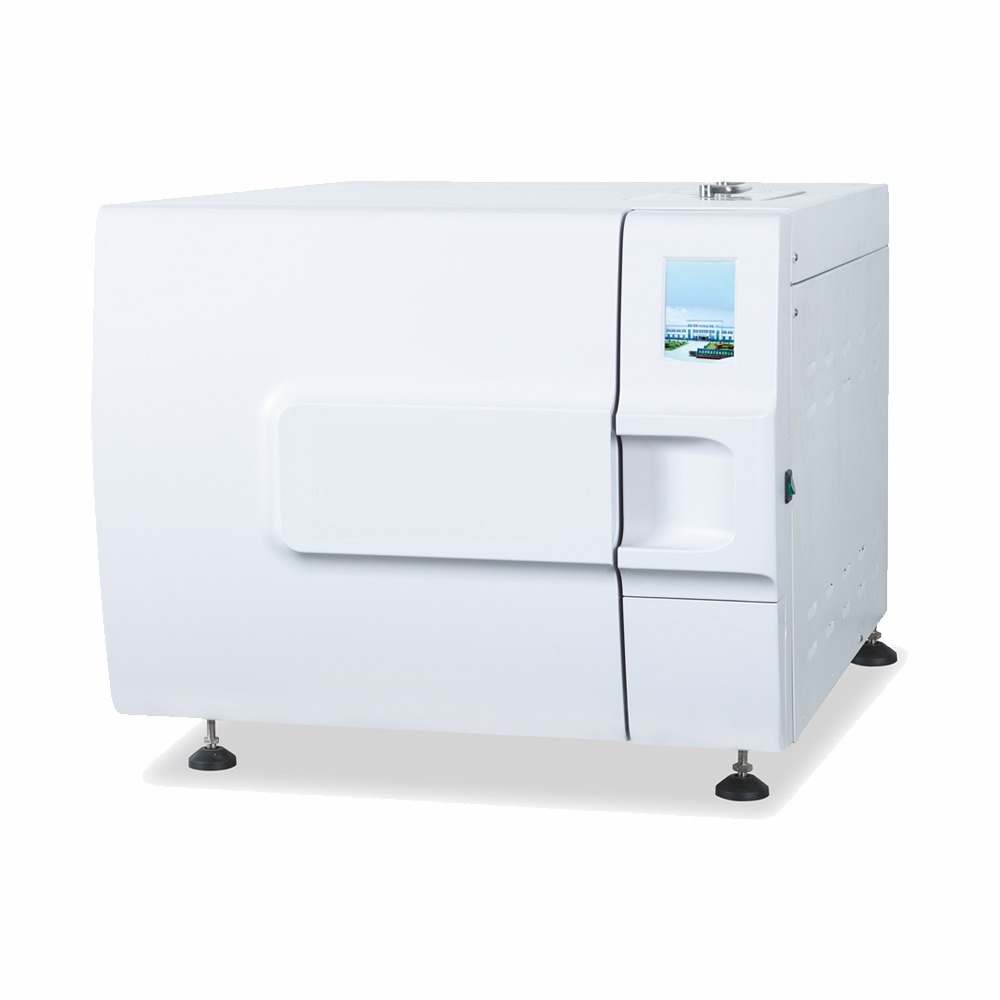
User-Friendly Interfaces and Automation in Portable Autoclaves
1. Intuitive Interface Design
- Touchscreen Displays: Portable autoclaves often feature user-friendly touchscreen displays with intuitive graphical interfaces, allowing operators to navigate menus, select sterilization cycles, and monitor process parameters with ease.
- Clear Visual Feedback: Graphical representations of sterilization cycles, temperature, pressure, and other relevant parameters provide clear visual feedback, making it easy for operators to monitor the progress of the sterilization process and identify any anomalies or errors.
- Simple Controls: Minimalistic control layouts and straightforward button configurations simplify operation, reducing the learning curve for users and minimizing the risk of user errors during setup and operation.
2. Pre-Programmed Sterilization Cycles
- One-Touch Operation: Pre-programmed sterilization cycles enable one-touch operation, allowing operators to select the appropriate cycle for the type of load being sterilized without the need for manual adjustment of parameters.
- Customizable Settings: Portable autoclaves offer customizable cycle parameters, allowing operators to adjust settings such as sterilization time, temperature, and pressure to meet specific sterilization requirements or accommodate different types of instruments and materials.
- Automated Process Control: Features of automatic portable autoclaves ensure consistent and reproducible sterilization results by controlling critical process parameters such as temperature, pressure, and cycle duration automatically, minimizing operator intervention and variability.
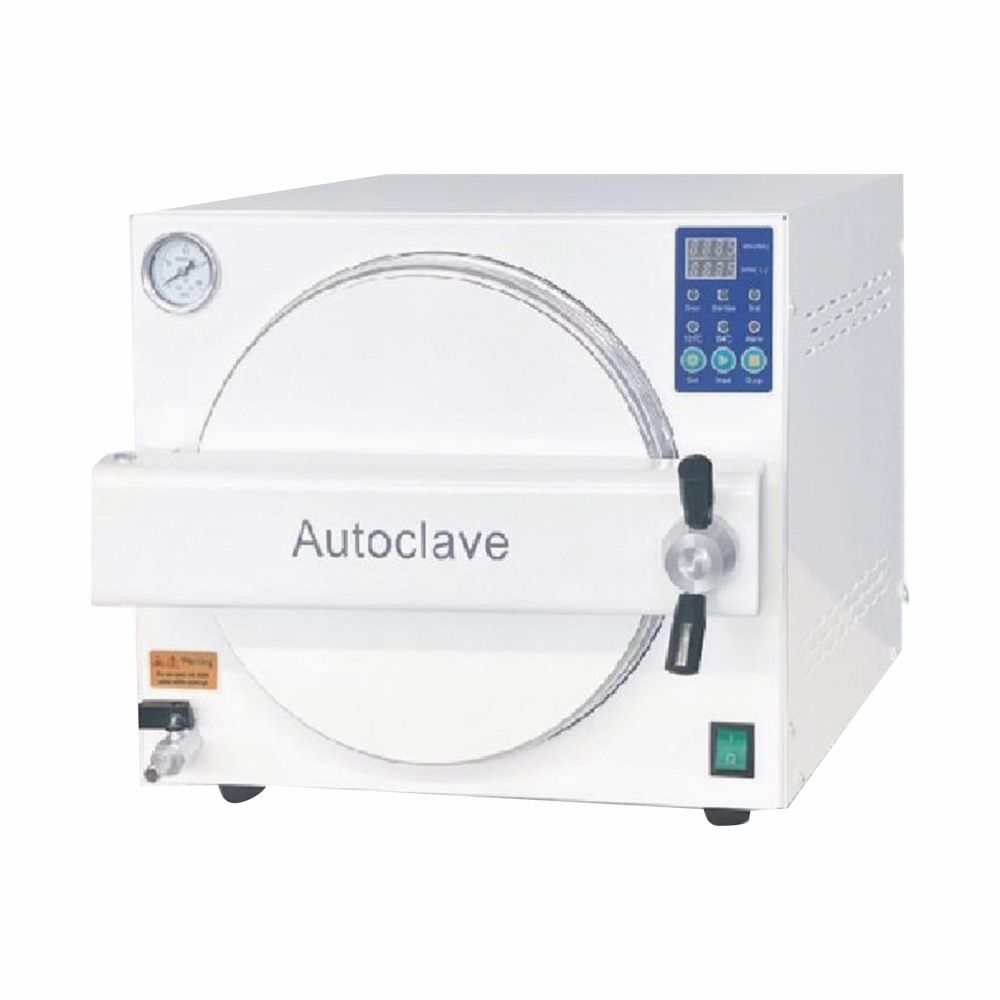
3. Self-Diagnostic Systems
- Real-Time Monitoring: Built-in sensors and monitoring systems continuously monitor key parameters during the sterilization process, providing real-time feedback on system performance and sterilization efficacy.
- Error Detection: Self-diagnostic systems detect and flag potential errors or malfunctions, such as temperature deviations, pressure fluctuations, or water level abnormalities, allowing operators to take corrective action promptly to prevent process failures or equipment damage.
- Diagnostic Alerts: Visual or audible alarms alert operators to any deviations from normal operating conditions or predefined safety thresholds, prompting them to investigate and resolve issues before they impact sterilization outcomes.
4. Remote Monitoring and Control
- Connectivity Features: Some portable autoclaves are equipped with connectivity features such as Wi-Fi or Bluetooth, enabling remote monitoring and control of sterilization processes from a mobile device or computer.
- Real-Time Notifications: Remote monitoring systems provide operators with real-time notifications and alerts regarding sterilization progress, cycle completion, and any system or process anomalies, allowing for timely intervention and response, even from a distance.
- Data Logging and Reporting: Comprehensive data logging capabilities capture detailed information about sterilization cycles, including temperature, pressure, cycle duration, and any alarms or errors encountered, facilitating compliance with regulatory requirements and quality assurance protocols.
Conclusion
Advances in the design of portable autoclaves represent a significant step forward in advancing healthcare accessibility and quality, particularly in remote or resource-limited settings. By prioritizing compactness, portability, and user-friendliness, these innovative autoclaves are breaking down barriers to healthcare access and ensuring that essential sterilization services are available to communities around the world.

